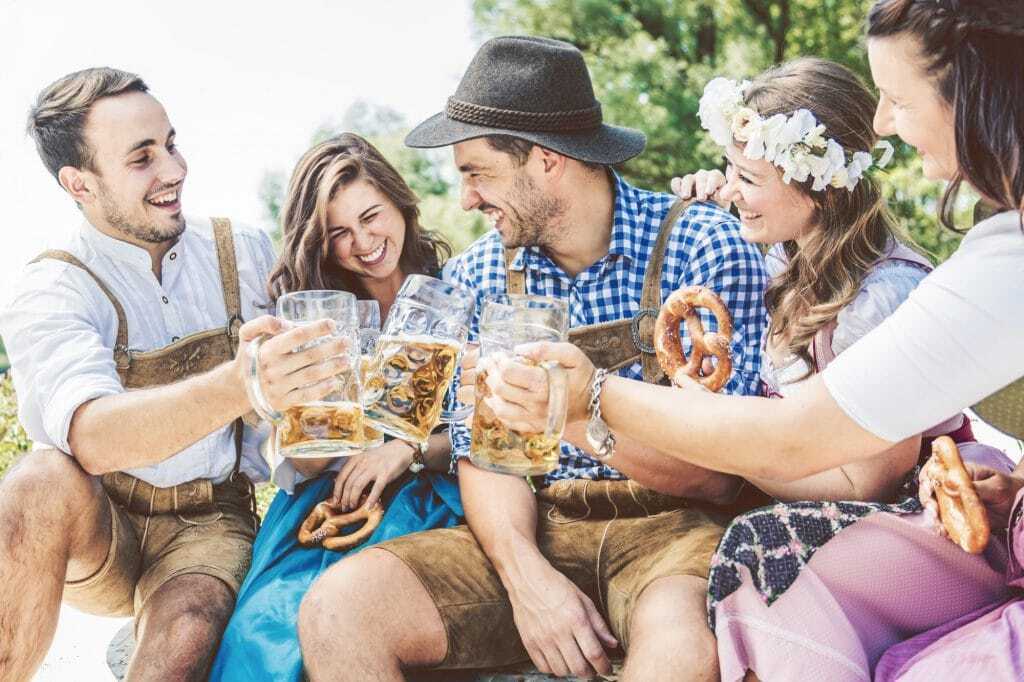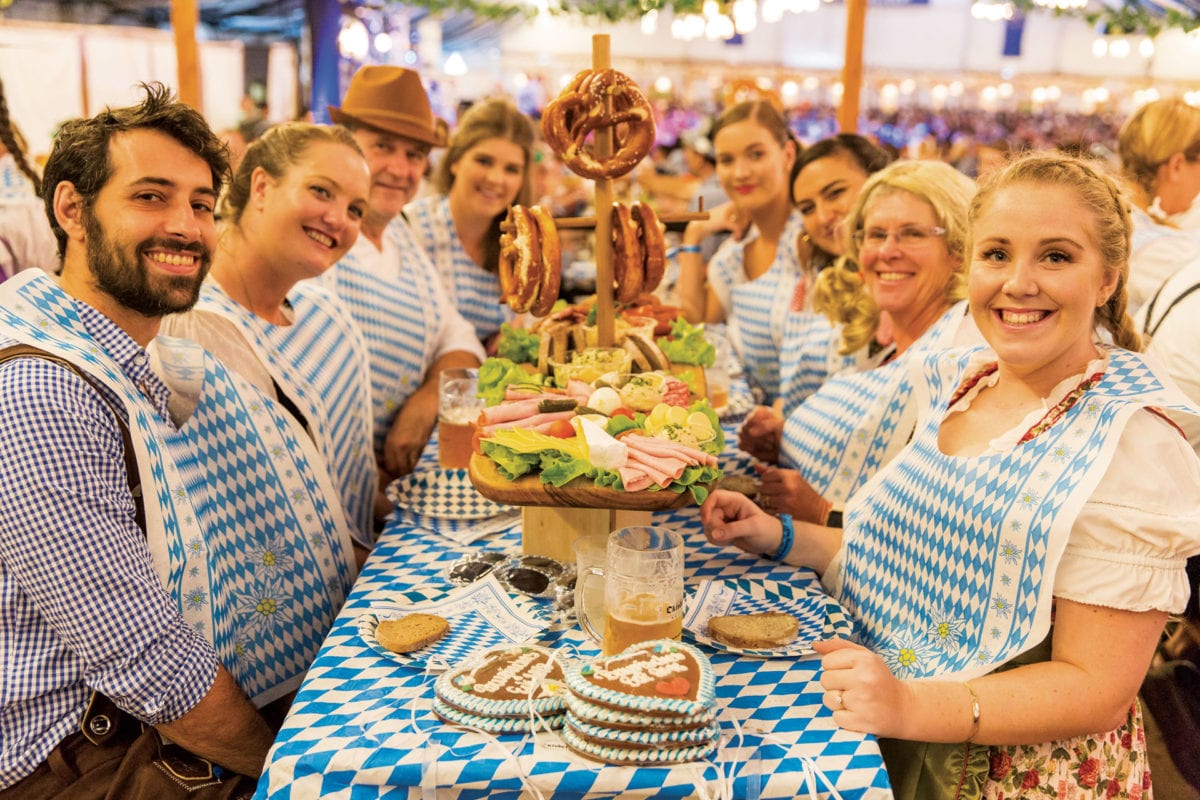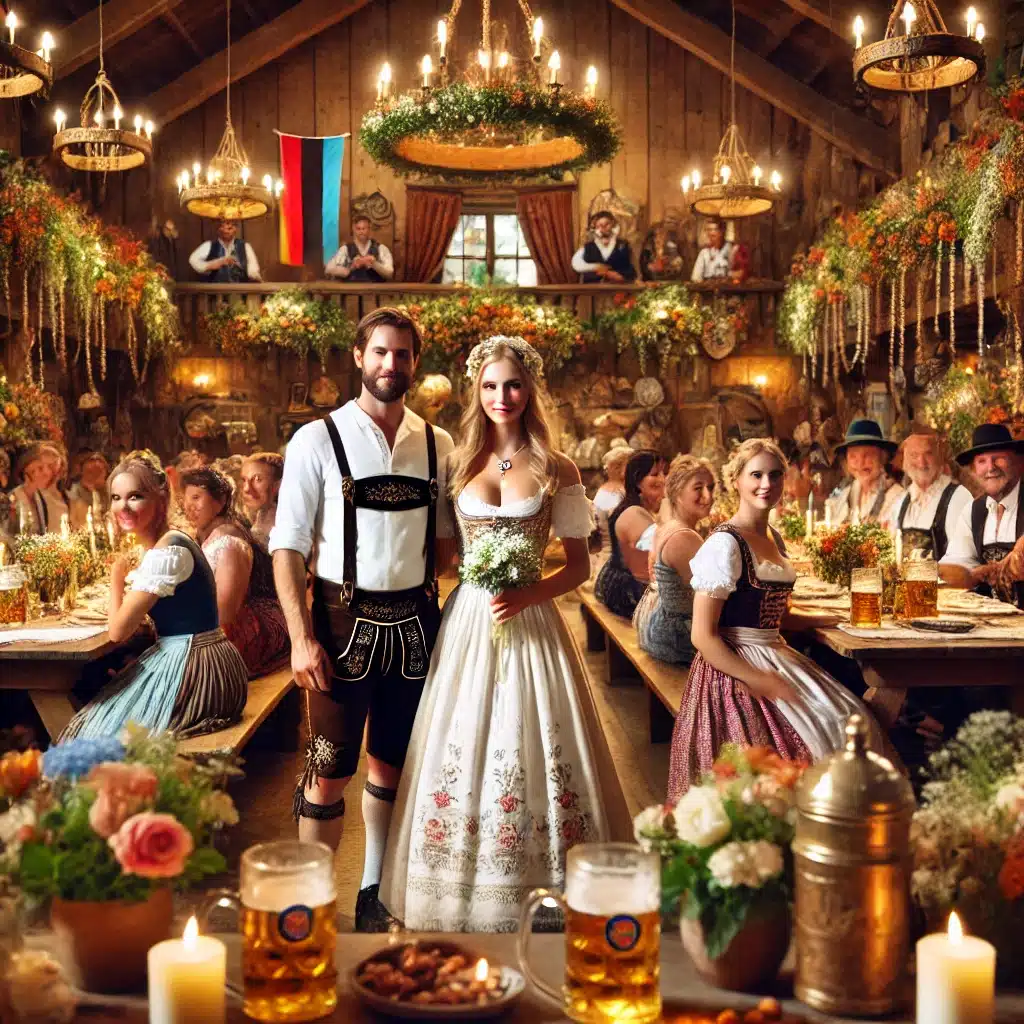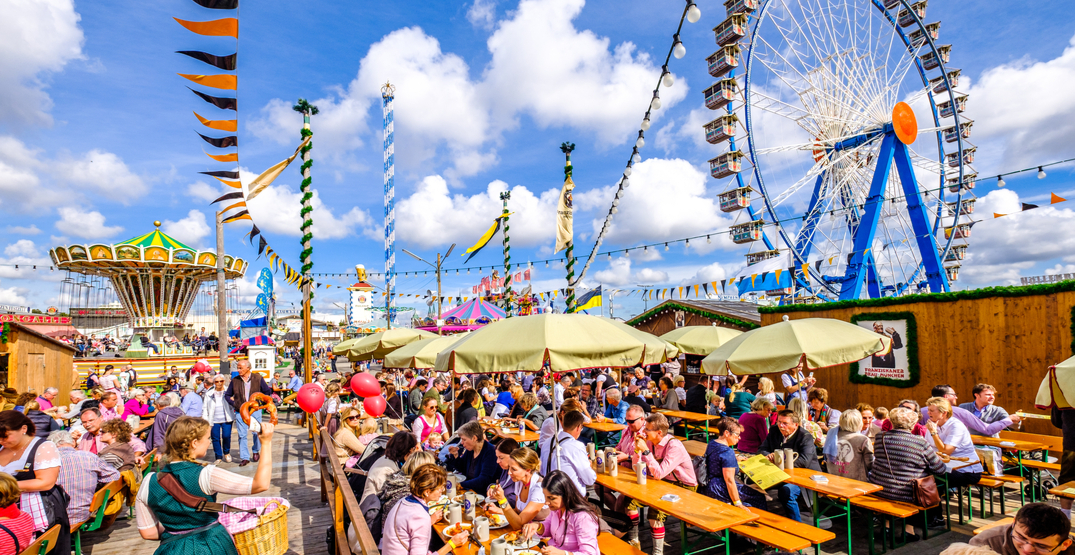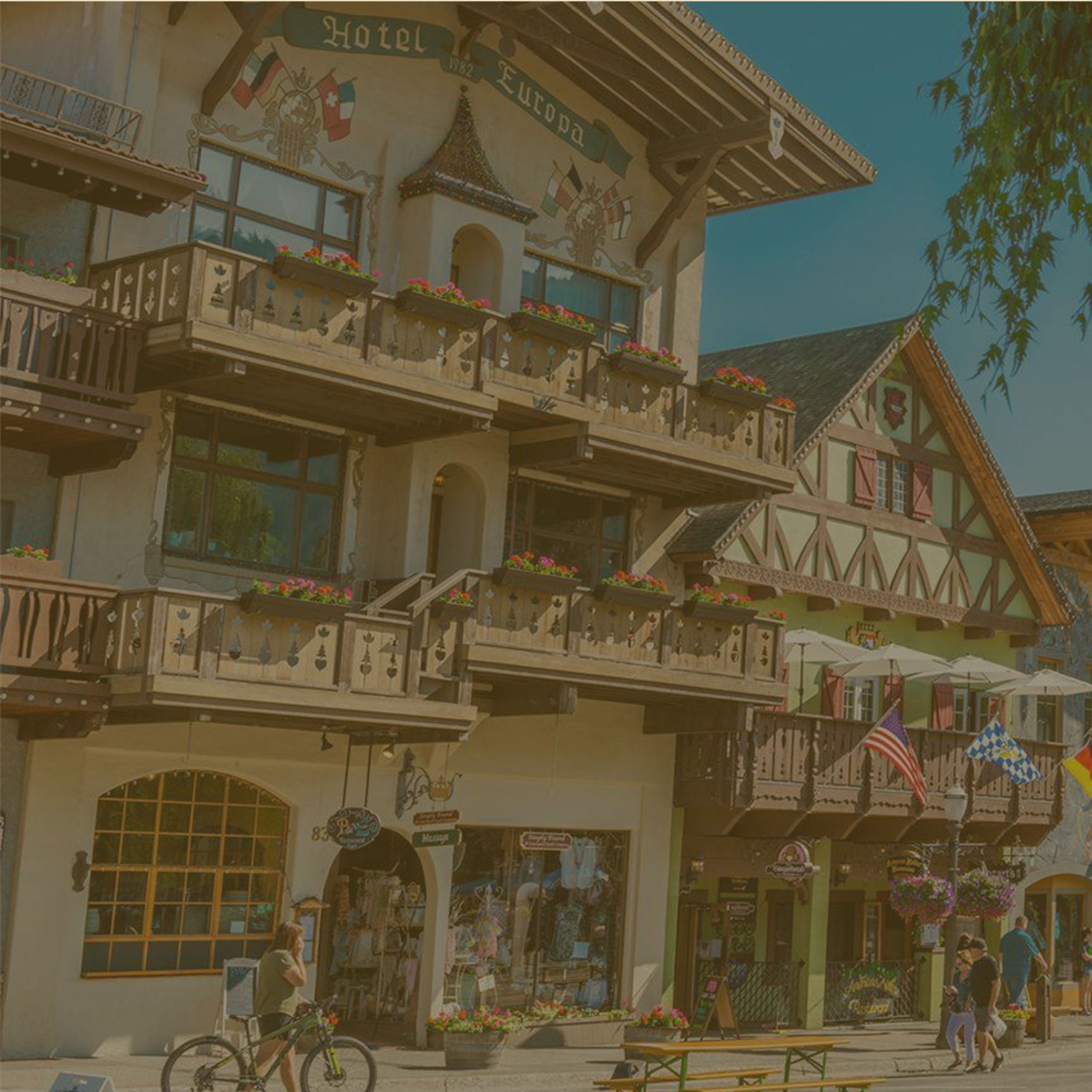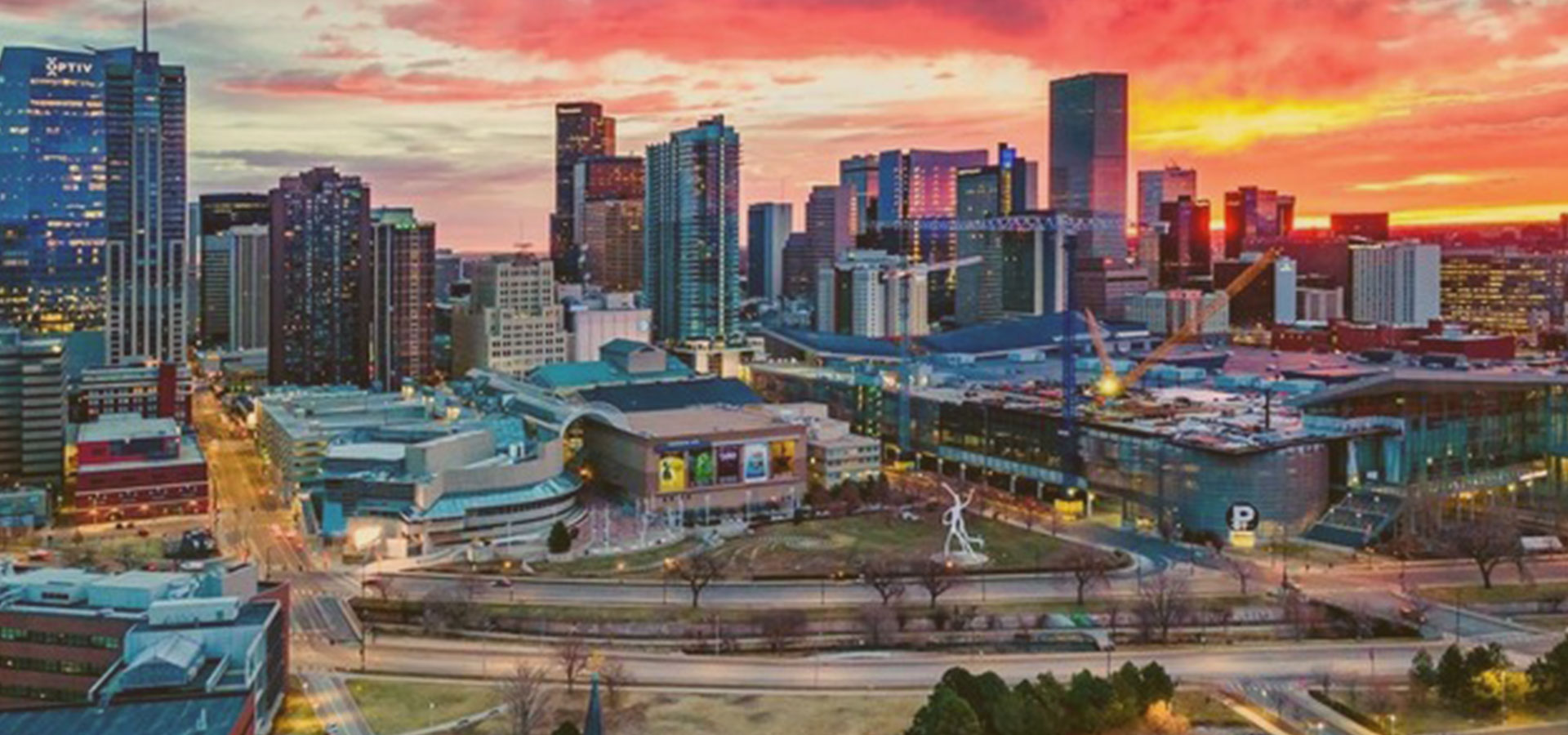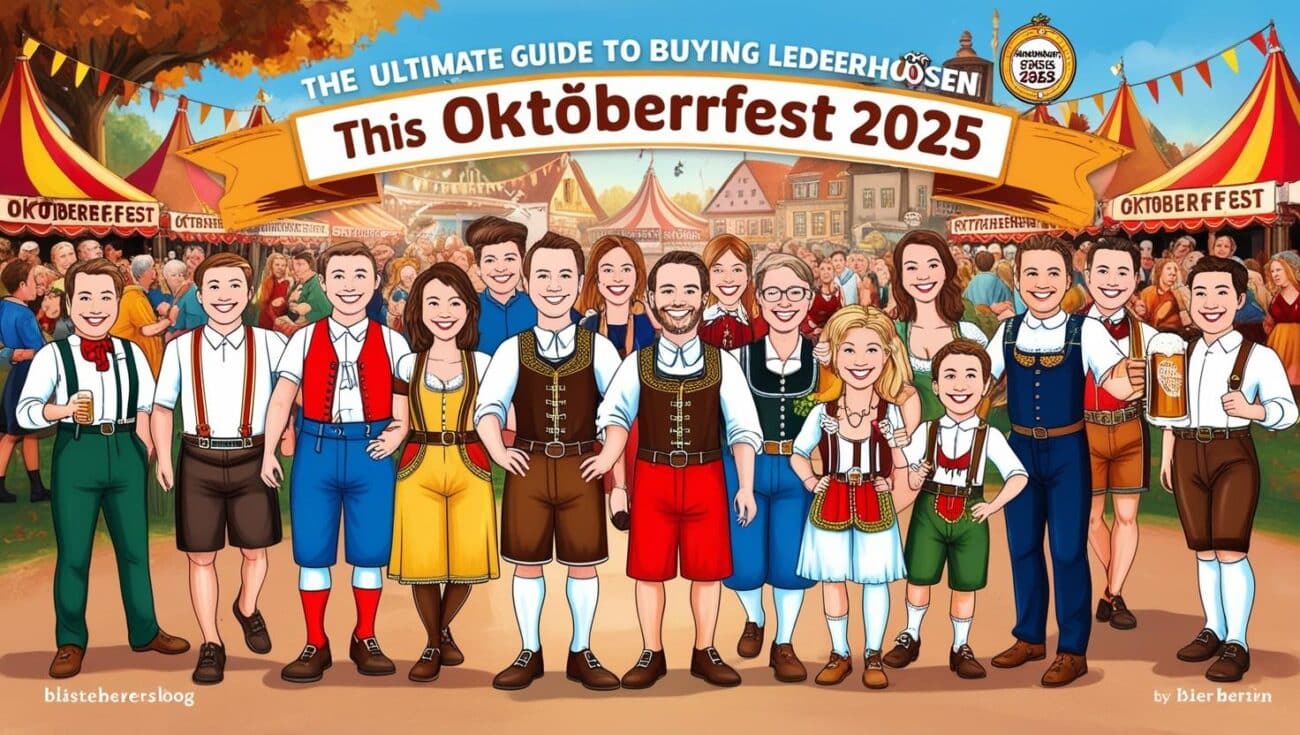When you think of lederhosen and dirndl, images of Oktoberfest, beer steins, and Bavarian culture likely come to mind. These iconic outfits are synonymous with German tradition, but there’s so much more to them than meets the eye. From their historical roots to quirky modern adaptations, lederhosen and dirndl have fascinating stories to tell. Here are some fun facts about these beloved garments that might surprise you!
1. Lederhosen Were Originally Workwear, Not Festival Attire
While lederhosen are now a staple at Oktoberfest and other celebrations, they weren’t always associated with festivities. In fact, lederhosen (which translates to “leather trousers” in German) was originally designed as durable workwear for laborers, hunters, and farmers in the Alpine regions of Bavaria and Austria. The thick leather material is protected against harsh weather and rough terrain, making them practical for everyday use. It wasn’t until the 19th century that Lederhosen became a symbol of Bavarian pride and cultural identity.
2. The Dirndl’s Humble Beginnings as a Maid’s Uniform
The dirndl, with its fitted bodice, full skirt, and apron, is now a fashionable outfit worn by women of all ages. However, its origins are far from glamorous. The dirndl started as a simple dress worn by Austrian and Bavarian maidservants in the 19th century. It was designed for practicality, allowing women to move freely while performing household chores. Over time, the dirndl evolved into a symbol of rural elegance and was adopted by women from all walks of life.
3. The Apron Bow on a Dirndl Has a Secret Meaning
Did you know that the way a woman ties her dirndl apron can send a message about her relationship status? In traditional Bavarian culture, the placement of the bow holds symbolic significance:
- Tied on the left: The wearer is single and possibly looking for love.
- Tied on the right: The wearer is married or in a committed relationship.
- Tied in the front center: The wearer is a virgin (though this is less common today).
- Tied at the back: The wearer is a widow or a waitress (as it’s practical for serving).
This subtle code adds a playful twist to the dirndl’s charm!
4. Lederhosen Were Almost Banned
In the late 18th century, lederhosen faced an unexpected threat: they were nearly outlawed! During the Enlightenment period, European rulers sought to modernize their societies and viewed traditional clothing like lederhosen as backward and uncivilized. Fortunately, Bavarians resisted this push, and Lederhosen survived as a cherished cultural symbol. Today, they’re celebrated worldwide, especially during Oktoberfest.
5. The World’s Most Expensive Dirndl
Dirndl dresses come in a wide range of styles and prices, but did you know that the most expensive dirndl in the world is worth a staggering $10,000? Designed by high-end fashion label Bavaria Trachten, this luxurious dirndl is made from silk, features intricate embroidery, and is adorned with Swarovski crystals. It’s proof that traditional fashion can be both timeless and extravagant!
6. Lederhosen Inspired a Global Fashion Trend
Lederhosen have influenced fashion far beyond Bavaria. In the 1960s and 1970s, leather shorts became a popular trend in Western fashion, thanks in part to the rise of folk-inspired styles. Even today, designers often incorporate elements of lederhosen into their collections, blending traditional craftsmanship with modern aesthetics.
7. The Longest Lederhosen in the World
In 2014, a German leatherwear company set a Guinness World Record for creating the longest pair of lederhosen. Measuring an incredible 104 feet long, these oversized trousers were made to celebrate the 200th anniversary of Oktoberfest. While they’re not practical for wearing, they’re a fun testament to the enduring popularity of lederhosen.
8. Dirndl Dresses Were Once a Political Statement
During the 19th century, the dirndl symbolized resistance against industrialization and urbanization. As cities grew and traditional ways of life faded, wearing a dirndl allowed women to express pride in their rural heritage and cultural roots. This sentiment still resonates today, as many people wear dirndl to honor their Bavarian identity.
9. Lederhosen Are Surprisingly Comfortable
Despite their rugged appearance, lederhosen is designed for comfort. The soft, supple leather molds to the wearer’s body over time, creating a custom fit. Additionally, the suspenders (called “Hosenträger“) allow for adjustable sizing, making lederhosen a practical choice for long days of dancing and celebrating.
10. The Dirndl’s Evolution into High Fashion
In recent years, the dirndl has undergone a stylish transformation. Designers like Vivienne Westwood and Dolce & Gabbana have incorporated dirndl-inspired elements into their collections, proving that this traditional dress can be both chic and contemporary. Modern dirndl often feature shorter hemlines, bold patterns, and unconventional fabrics, appealing to a younger, fashion-forward audience.
11. Lederhosen and Dirndl Are Protected by Law
In Germany, traditional clothing like lederhosen and dirndl are considered part of the country’s cultural heritage. As a result, they are protected by law, ensuring that only garments made in specific regions using traditional methods can be labeled as authentic. This protection helps preserve the craftsmanship and history behind these iconic outfits.
12. The Role of Lederhosen in Pop Culture
Lederhosen have made appearances in movies, TV shows, and even music videos. For example, in the 1960s, The Beatles famously wore lederhosen during their time in Germany. More recently, celebrities like Justin Timberlake and Heidi Klum have been spotted sporting Bavarian attire, bringing lederhosen and dirndl into the global spotlight.
13. The Dirndl’s Influence on Bridal Fashion
In Bavaria, it’s not uncommon for brides to wear a white dirndl on their wedding day. This tradition reflects the dirndl’s versatility and timeless elegance. Some modern brides even incorporate dirndl-inspired elements into their wedding gowns, blending tradition with contemporary style.
14. Lederhosen and Dirndl Are Eco-Friendly
In an era of fast fashion, lederhosen and dirndl stand out as sustainable choices. Made from natural materials like leather, wool, and cotton, these garments are built to last for decades. Many people pass down their lederhosen and dirndl through generations, making them a truly eco-friendly option.
15. The Global Appeal of Bavarian Fashion
While lederhosen and dirndl are deeply rooted in Bavarian culture, their appeal has spread far beyond Germany. From Oktoberfest celebrations in the United States to traditional festivals in Japan, people around the world have embraced these iconic outfits as a way to connect with Bavarian heritage.
Conclusion
Lederhosen and dirndl are more than just clothing—they’re a celebration of history, culture, and craftsmanship. Whether you’re donning these outfits for Oktoberfest, a wedding, or simply to honor your heritage, you’re participating in a tradition that spans centuries. So the next time you slip into your lederhosen or tie on your dirndl apron, remember the fascinating stories behind these timeless garments.
At lederhosenforsale.com, we’re proud to offer authentic lederhosen and dirndl that capture the spirit of Bavaria. Explore our collection today and find the perfect outfit to make your next celebration unforgettable!

